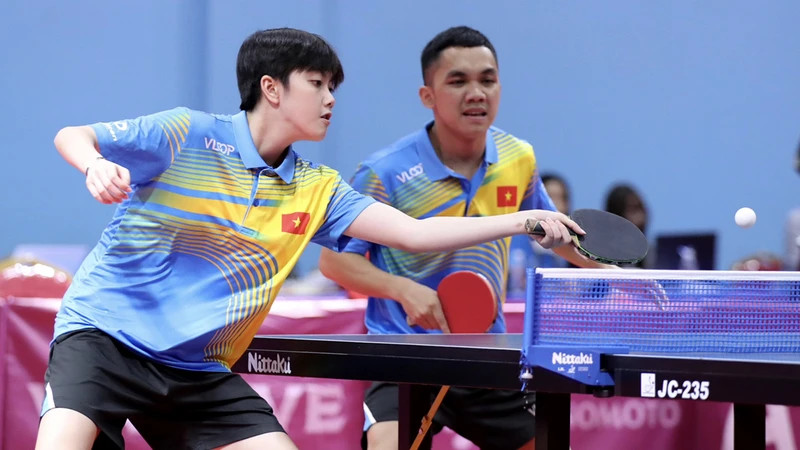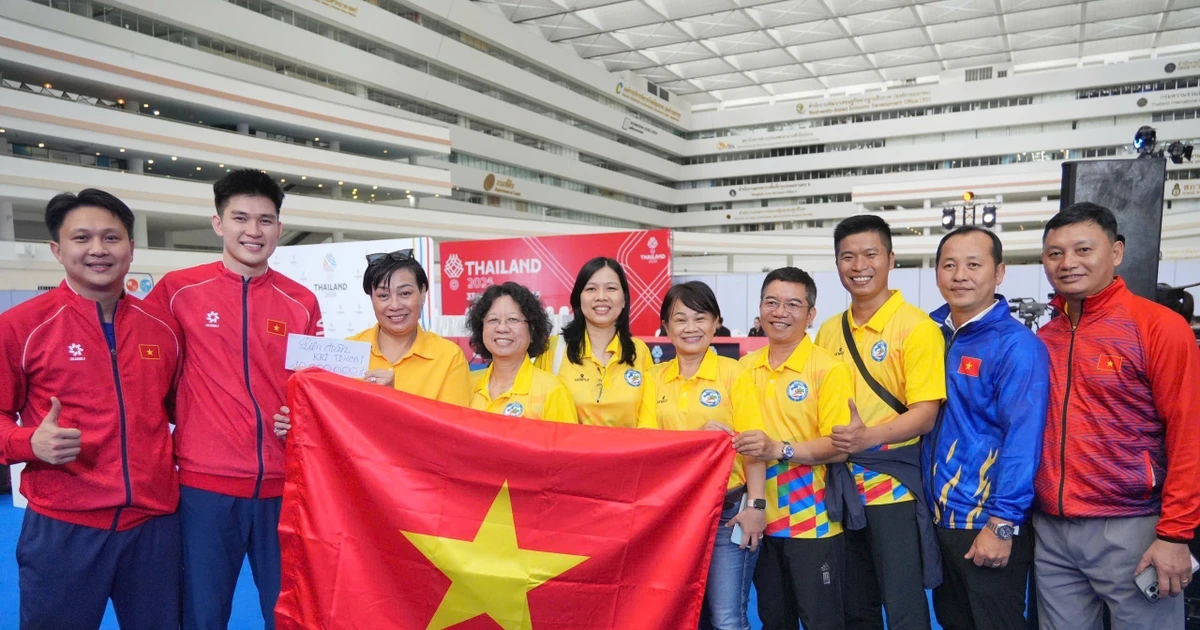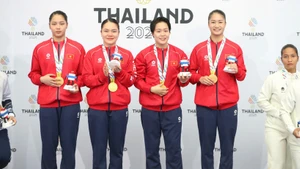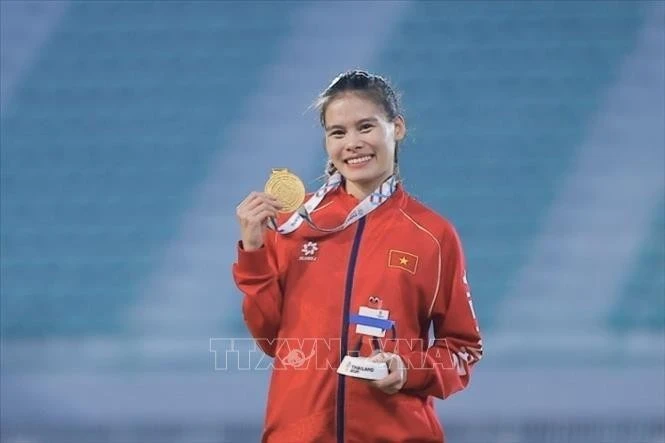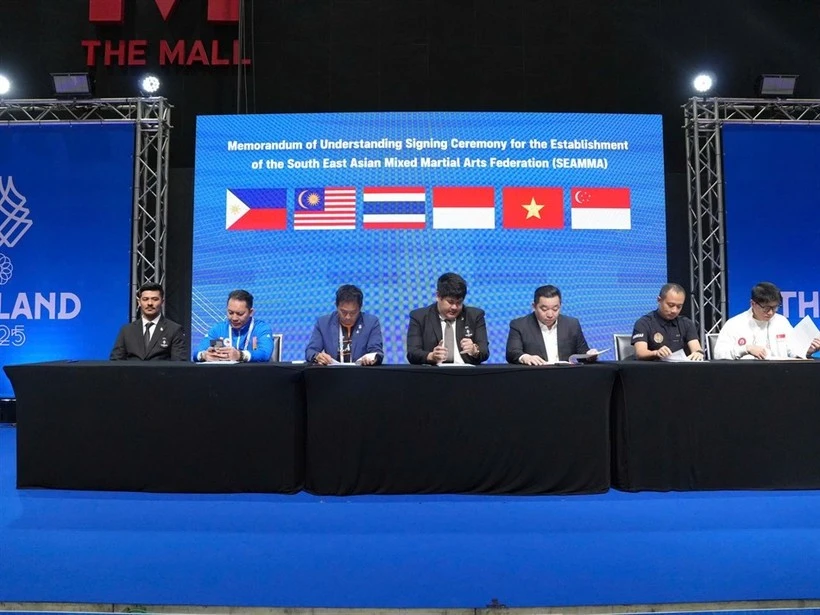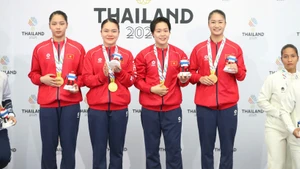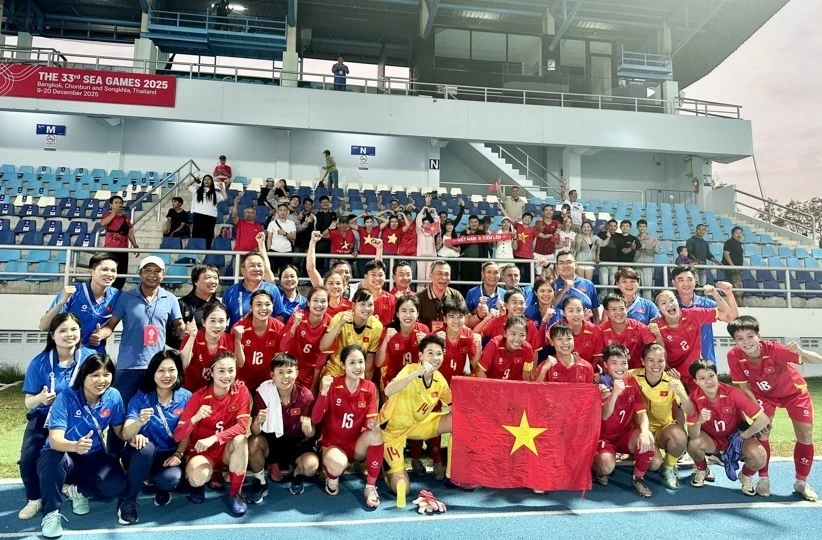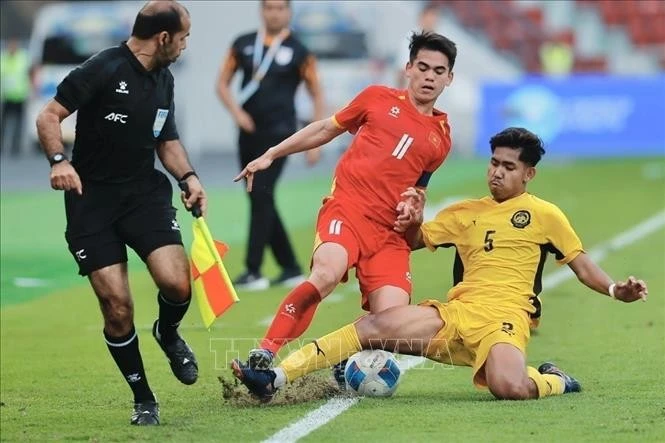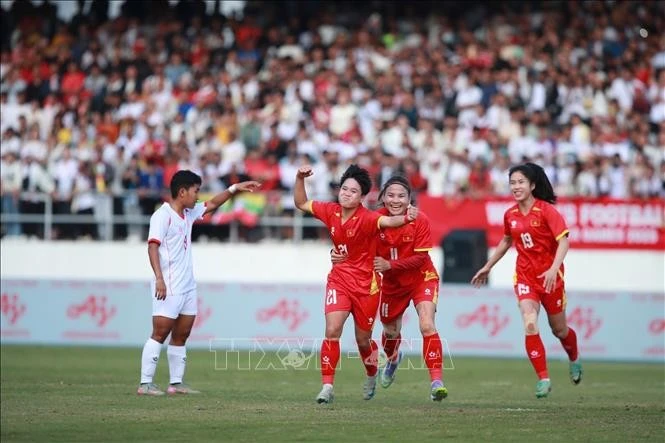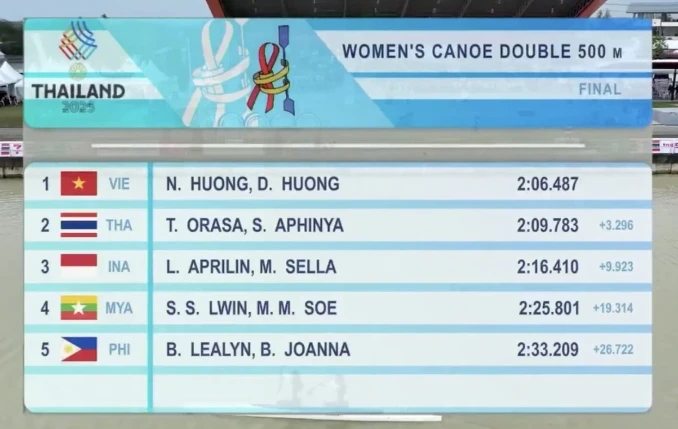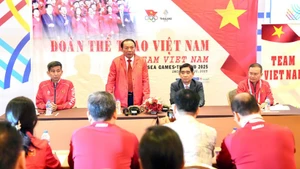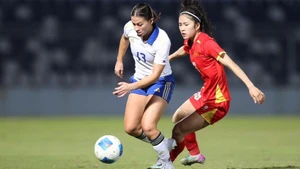On December 21, 2024, Thailand, the host country, officially announced the organisation of the 33rd SEA Games from December 9 to 20, 2025. The games will feature 50 sports and events, with 574 medal sets up for grabs. The sports are grouped as follows: Group 1: 28 sports included in the Winter Olympics 2026 and Summer Olympics 2028, such as athletics, swimming, archery, badminton, basketball, canoeing, and rowing. Group 2 features 18 sports from ASIAD, while Group 3 includes four proposed sports: chess, teqball, kickboxing, and woodball.
Demonstration sports will feature flying discs, tug of war, air sports, and other new winter and summer sports. This SEA Games promises to be dynamic, allowing athletes from various countries to participate more extensively in Olympic and ASIAD sports.
At the SEA Games level, the skills of athletes from several countries in specific sports have reached Olympic and world-class levels, such as badminton (Indonesia, Thailand), gymnastics (Philippines), fencing (Singapore), shooting, weightlifting, and rowing. This makes competing in these disciplines particularly challenging.
Moreover, approximately 24 sports and 154 events at the 2025 SEA Games fall under winter or new sports categories, whereas Vietnam currently has no participating athletes. After evaluating the athlete pool in key sports, Vietnam will focus on 17 Olympic and ASIAD sports, investing in key events for long-term development to achieve medal-winning performances and create a talent pipeline for ASIAD 2026 and the Olympics 2028.
Currently, most training facilities in Vietnam (except for shooting) are inadequate. The application of science and technology, such as artificial intelligence (AI), in training and competition remains limited. Therefore, concrete solutions need to be implemented soon. According to sports sector leaders, starting in 2025, all national teams will undergo training with AI support.
Vietnam must select and prepare the best athletes to compete in Olympic and ASIAD sports per SEA Games regulations. The focus will be on 14 Olympic sports such as athletics, swimming, shooting, gymnastics, weightlifting, fencing, boxing, taekwondo, cycling, archery, badminton, judo, wrestling, rowing, and three ASIAD sports: wushu, sepak takraw, and karate. Emphasis will be placed on Vietnam’s strengths in light-weight events requiring agility and flexibility, particularly among female athletes.
By identifying the sports and events in which Vietnam has medal-winning potential, the sports sector will select and train top athletes, recruit experienced coaches, or hire high-level foreign experts.
A selection council will be established to oversee and evaluate the training of national teams periodically. The General Department of Sports will centralise training for about 4,045 national team and youth athletes, supported by 674 coaches and 29 experts across five locations: Hanoi, Ho Chi Minh City, Da Nang, Can Tho, and Bac Ninh.
In addition to training, around 260 domestic competitions and 280 international events will be organised to help athletes improve their skills and evaluate their training progress for timely adjustments to plans. Vietnam plans to hire around 30 high-level experts for medal-potential sports like athletics, shooting, rowing, swimming, badminton, wushu, archery, boxing, and fencing to enhance athlete quality.
Applying scientific solutions in training and competition aims to boost athletes’ performance. Utilising AI for analysis of physical, technical, and tactical parameters, along with competitor analysis, will be crucial. Additionally, nutrition will be prioritised, using functional foods and supplements to enhance energy metabolism and recovery. Athletes will be provided with energy-rich foods like sports bars and energy drinks, which are widely used by top-performing athletes in countries like the US, Australia, Russia, Germany, and China.
Functional foods will be administered before, during, and after competition under strict monitoring by doctors and nutritionists for key athletes.
Improving athletes’ income is critical to boosting their performance. The General Department of Sports is working to amend Decree No. 152 regarding athletes’ meal allowances and salaries and is seeking additional funding to increase direct rewards, ensuring athletes can train and compete with peace of mind.
It is hoped that the sports sector will soon implement breakthrough and long-term solutions to elevate Vietnamese sports to new heights.
